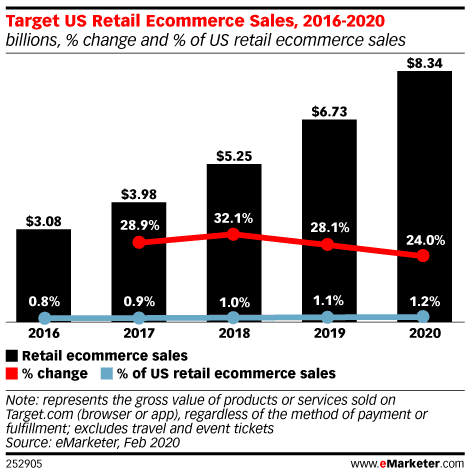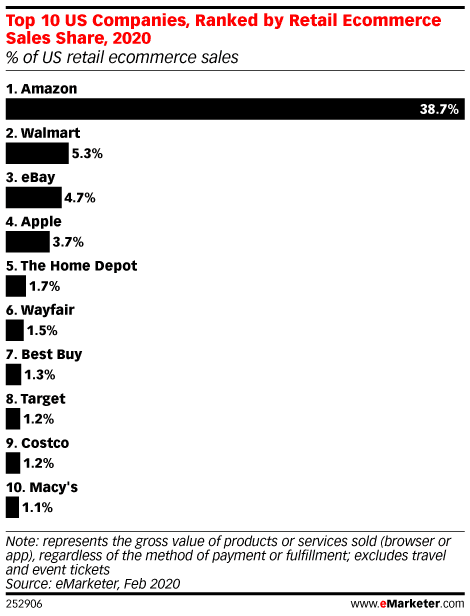Everyone experiences some form of crisis during their lives. It comes in many forms and often occurs more than once in a lifetime. Sometimes these events feel paralyzing and other times we intuitively know how to work through it. Due to the nature of business, large organizations often find it challenging to navigate periods of crisis. We’ve put together our top 10 steps to help your organization pivot and manage crisis, whatever it may be.
1. Preparation
“Crisis” is usually an uncertain period of time and not a specific event. The preparation comes from the perspective of managing the unknown. Be prepared by acknowledging that you don’t know all the answers and you probably never will, but it is wise to think ahead and understand your scenarios and resources.
2. Active Listening
Active listening is a learned skill and is not something you only practice with your spouse. The most successful organizations are mindful of having people, processes, and technology in place that allows them to be connected with their global organization. Many companies fall into the trap of only listening to outside factors, when internal intelligence is equally as important.
3. Communicate, Communicate, Communicate
We’ll say it again, communicate! Frequent communication and collaboration are foundations of the modern workplace. This applies to improving team dynamics, productivity, and allows leadership to stay connected with their global organization. Strong relationships based on communication build trust and unity through transparency. Proper communications allow organizations to be more aligned, enables faster response time, and will increase the chance of success when adapting to change.
4. Always Show Empathy
In challenging times, it’s critical that leaders demonstrate empathy. Relate to your people and build a true connection. If you are authentic, your employees will unite based on the challenges in front of them, even if the outcome is unknown. Showing empathy is difficult with a dispersed workforce and email isn’t going to cut it. Have your leader record a quick video message and distribute it to the whole company. It’s more authentic, shows the human side of the message (and the human), and can demonstrate empathy. Using live video as part of your communication strategy is incredibly effective for serious internal matters.
5. Empower Staff
A high-functioning, healthy organization knows that an empowered staff is more motivated, adapts faster, and will overcome obstacles more successfully. Do they have the proper resources to work remotely? Are they able to communicate and collaborate with each other effectively? Do they feel connected to their leadership and part of the bigger solution? As the reality of more remote workers becomes increasingly likely, empowering your staff is critical to surviving what the future brings.
6. State the Current Situation and What’s Next
You don’t need to have all the answers. It’s critical to acknowledge and state where you are today and what you think is coming next. Communicate a framework for how you will navigate the future, even if the facts and decision are uncertain. You will need to adapt to the unknown, but with the entire organization on the same page, the journey is far less stressful.
7. Control Your Fears & Don’t Over-React
As humans “fear” is almost hardwired into the human psyche. Less than 1% of people have Covid19, yet 99.9% worry and fear the worst. Put plans together and communicate. Preparation and having contingency plans will reduce the fear, even when the future is unknown.
8. Create a Playbook
Think through all the potential scenarios and outcomes that could occur. Evaluate those scenarios and what steps you can take to successfully navigate each one.
9. Set Expectations
Crisis tends to create uncertainty about the future. You will likely not have all the answers for everyone. By setting expectations about your plans, and sharing the cadence and mode of consistent communications, your leadership team will instill confidence during these difficult times.
10. Show Action
For some, the value of showing action seems obvious. For others, fear and the unknown can be paralyzing and stall an organization from taking action. While with crisis there will be many unknowns and variables out of your control, it is still important to show your team that you are taking action for those aspects that you do control. Proactive efforts can go a long way in building trust, keeping your workforce calm and focused on what they can control and/or how they can contribute themselves.
Managing periods of crisis is never easy, but companies that navigate it well will create a stronger, more successful, culture. Leveraging live video and other modern workplace tools for communication and collaboration greatly increases the likeliness for success in the future. Contact us today to learn more about how other companies navigated periods of crisis to create their own success.


